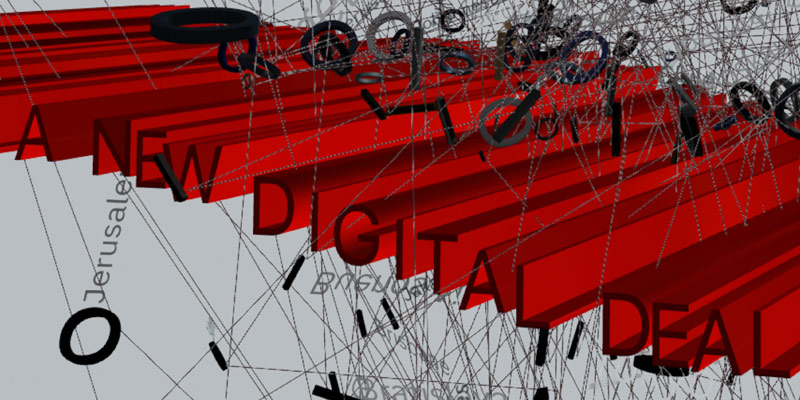Online
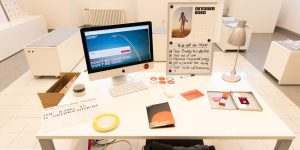
Department of Visual Communication
LOOPS OF WISDOM Exhibition, Kunstuniversität Linz
Projects curated by the Department of Visual Communication, Kunstuniversität Linz.

Department of Media Design
LOOPS OF WISDOM Exhibition, Kunstuniversität Linz
Projects curated by the Department of Media Design, Kunstuniversität Linz.
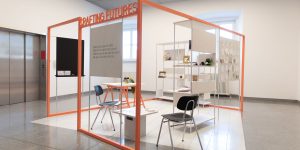
Department of Design & Technology
LOOPS OF WISDOM Exhibition, Kunstuniversität Linz
The Crafting Futures Lab is a platform for active investigations of the future of craft, the craft of the future and the crafting of futures. It researches and practices materials, techniques and tools as processes and means to generate and diversify knowledge and engage diverse audiences in thinking and acting towards alternative futures. Active questioning, learning, and sharing are core premises to the inquiries undertaken at the intersection of traditional crafts, digital technologies and education.
Department of Art Education
LOOPS OF WISDOM Exhibition, Kunstuniversität Linz
While modern technology cannot replace the analog world’s haptic experience, it can complement it perfectly. Play with Pixels is an interactive open lab about the smallest part of a digital raster graphic. We zoom into the pixel world to enlarge, illuminate, recombine and make the world of digital images more tangible. Visitors are invited to create their own pixel postcards on site and to send pixelated greetings from downtown to the Open Lab at Kepler’s Garden.
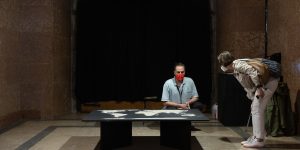
Department of Time-based and Interactive Media Arts
LOOPS OF WISDOM Exhibition, Kunstuniversität Linz
Projects curated by the Department of Time-based and Interactive Media Arts, Kunstuniversität Linz.

Department of Fashion & Technology
LOOPS OF WISDOM Exhibition, Kunstuniversität Linz
Humans’ desire to express through colour dates to prehistoric times. Colours serve as a means of communication and expression, directly triggering feelings of relaxation, as well as tense and intense emotions. An unconscious use of colours and dyes, however, harms the environment tremendously and can be seen in rivers that shimmer in all imaginable colours. Toxic and polluted, they destroy the habitat of living creatures that depend on clean water. But not all coloured waters result from this devastating use.
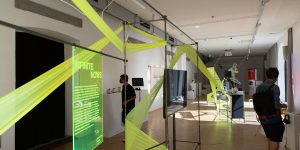
Infinite Nows
Zurich University of the Arts (ZHdK), Interaction Design Department IAD (CH)
Infinite Nows is showcasing student projects of the Interaction Design department (IAD) at the Zurich University of the Arts (ZHdK). Probing alternative presents through investigative, speculative and experimental practices, Infinite Nows’ projects reflect the values and approaches of IAD that have been shaped over its 20-year existence. Interaction design is, above, all about the relationality and entanglement of human and non-human actions.

Interface Cult
Department of Interface Cultures
Contemporary artists, designers and inventors are creating new connections and systems, exploring how silicon, organic and even speculatively alien forms of life are entangling, mutating, evolving. What can these new entities and relationships look like? Are they friendships and collaboration, or competitions and conflict? For these new exchanges we need new languages: programmable, aesthetic, interspecies, non-human and post-scientific. The emerging hybrid and cyborg entities join and celebrate shamanistic and nonverbal traditions, hidden cultures, with magical symbols, energies and fictions. A culture or even a cult of symbiosis is required, a fusion between old and new ways of dealing with reality.
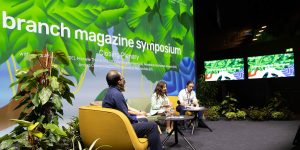
Branch Magazine Symposium
This year's theme conference explores how the internet should serve our collective liberation and ecological sustainability. Branch Magazine, the recipients of the first-ever Ars Electronica Award for Digital Humanity, offers four panels unpacking climate justice, solarpunk, sustainable digitalization, solidarity and care as well as low-carbon design and education.
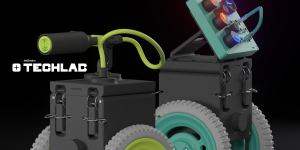
Human-Robot Interaction
Michael Tesar
At JetBrains Techlab, we focus on adaptive human-robotic interaction and mobile robotics. An important element of such a system is human-robot interaction (HRI), which ensures that the robotic system is performing the task correctly and in a safe way, for itself and the environment, including humans. The presentation covers an introduction to HRI, how to make HRI safe, and how humans can benefit from such an interaction.
